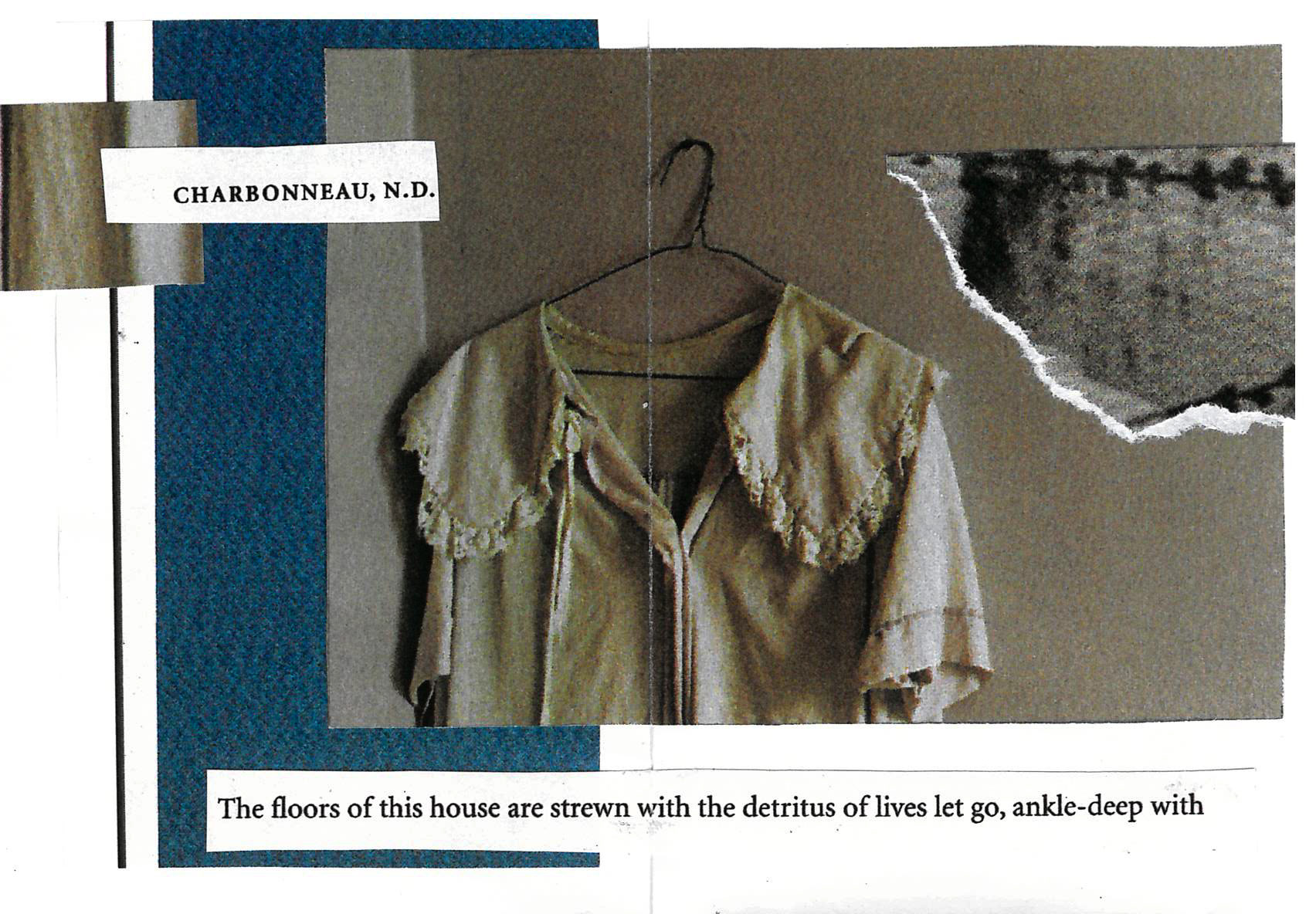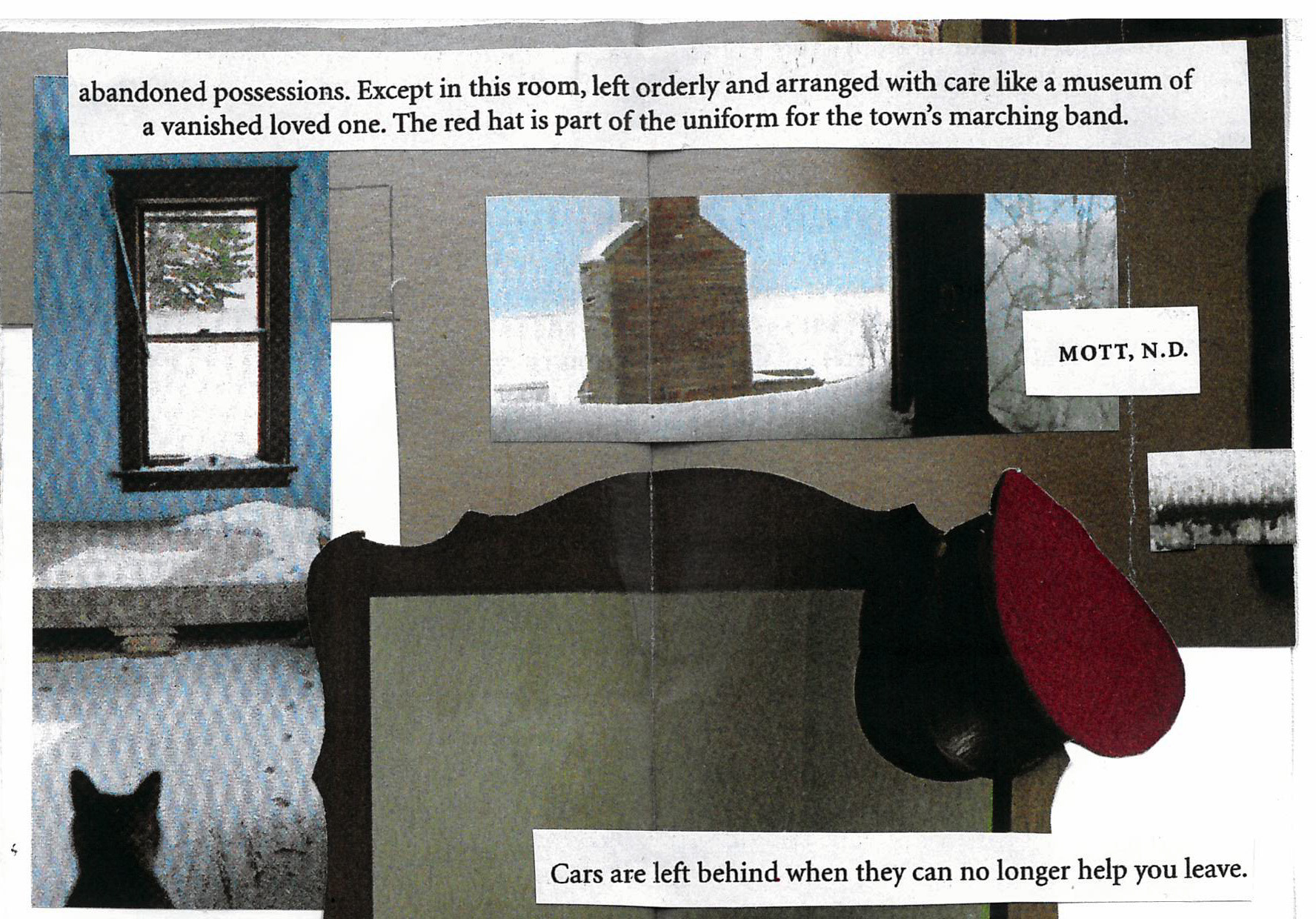Justin Armstrong, a senior lecturer in writing and anthropology, examines in his essay ‘On the Possibility of a Spectral Ethnography’ the ways in which “Abandoned, isolated, and sparsely populated spaces offer a unique opportunity for the practice of an ethnography of visual and material culture that remains largely unimpeded by the continual and rapid accumulation of new and competing images.” In other words, new knowledge – and, for a filmmaker like Wenders or a painter like Hopper, new visual creation – might be found through an examination of spatial emptiness. Armstrong’s work relies heavily on first-hand description – visiting, amassing a bank of observations – and on personal testimony; he accesses new knowledge through examining the stories of others, but also by first acknowledging that whatever information he takes in must first pass through the funnel of his own experience. In this spirit, he describes to the reader a personal example of spatial loss:
Ten years ago, I visited our old house in Caronport, Saskatchewan; it was January, and I had to wade through 3 feet of snow to get to the front door. There was snow in the living room, and the walls had been turned a yellow brown by the rainwater that had leaked in through the roof. There was grey mildew accumulating in the unwatched corners of the space that we used to call “the sitting room.” I crawled up the steepness of the back staircase to my old bedroom with its Muppet wallpaper and slanted walls, and I saw a ghost of myself at 4 years old.
Ten years on, he attempts to revisit; this time with his grandfather as his guide.
…I tried to find the house again, but it was gone―eaten up by the prairie. My grandfather and I spent the better part of a day … looking for the house that I’d visited a decade earlier. Eventually we just stopped in the middle of the road beside a few grain bins. “There isn’t anywhere else it could have been. That’s where you used to live,” my grandfather says as he points out into the sweeping fields of wheat.

